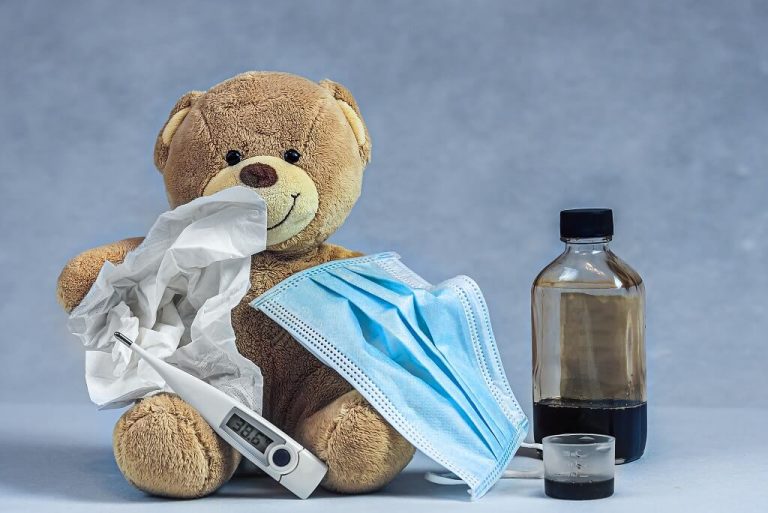Table of Contents [show]
The SARS-CoV-2 virus is the causative virus of the COVID-19 disease. Although most people with COVID-19 have mild symptoms, some become severely ill. Furthermore, most people get better within weeks of contracting the disease. However, some experience post-COVID conditions, which include a wide range of new, ongoing, or returning health problems occurring for more than four weeks of getting infected with the causative virus of COVID-19. Studies show that older people and people with underlying medical conditions are more likely to experience severe COVID-19 symptoms. Fortunately, there are safe and effective vaccines against COVID-19.
A letter to Washington, DC, the Governors in all 50 states, tribes, and territories contains a request. The request is that state authorities consider water and wastewater workers, manufacturers, and suppliers that provide vital materials and services in the water sector as essential workers and businesses when enacting restrictions for curbing the spread of COVID-19. The critical water structure and operators depend on laboratory supplies, treatment chemicals, and related goods and materials to ensure safe water supply to homes and hospitals.
On Monday night, the omicron variant of the COVID-19 virus was said to be present in Houston wastewater. Although the announcement indicates that the new variant is present in Houston, there are no confirmed cases yet.
Omicron was found in eight out of 39 wastewater treatment plants in Houston from samples collected on November 29-30. The treatment plants include W.C.I.D #111, Keegans Bayou, Chocolate Bayou, Northgate, Metro Central, Turkey Creek, Sims Bayou North, and West District. On Monday evening, the genomic sequencing results confirming the presence of the omicron variant were received.
Fortunately, the virus causing COVID-19 is not yet present in drinking water. Nevertheless, most municipal drinking water systems use conventional water treatment methods like filtration and disinfection, which can remove or inactivate the virus causing COVID-19.
Currently, there is no evidence of the COVID-19 virus spreading to people via pools, spas, hot tubs, or water play areas. With proper operation, and maintenance including chlorine and bromine disinfection, these facilities can inactivate the virus in the water. Although there is an ongoing spread of the COVID-19 virus in communities, individuals, owners, and operators of these facilities should take steps to ensure health and safety. These steps include following local and state guidelines that determine how and when recreational water facilities operate.
Another step includes individuals protecting themselves and others in and out of the water at recreational water venues. For instance, practicing social distancing and maintaining good hand hygiene is essential. Furthermore, in addition to ensuring water quality and safety, operators and owners of community pools, spas, hot tubs, and water play areas should follow interim guidance for employers and businesses regarding cleaning and disinfecting community facilities.
The COVID-19 virus particles have a size of 0.125 microns or 125 nanometers. The minimum pore size of a membrane in a RO filter is about 0.0001 microns. Therefore, the membrane is 1000x smaller than the virus particles. An RO filter can effectively trap bacteria and viruses larger than 0.0001 microns in size.
When pressure forces unfiltered water or fees water through a semipermeable membrane, reverse osmosis removes the contaminants. In an RO membrane, water flows from the concentrated (area with more contaminants) to the less concentrated (area with fewer contaminants) to provide clean drinking water. The freshwater that the RO membrane produces is also known as permeate. On the other hand, the concentrated leftover is also known as waste or brine.
Water can still flow through a semipermeable membrane even though it has small pores to block contaminants. Water becomes more concentrated while passing through a membrane in osmosis to obtain equilibrium on both sides of the membrane. On the other hand, reverse osmosis blocks contaminants from entering the less concentrated membrane side. For instance, when applying pressure to a volume of saltwater in reverse osmosis, only clean water flows through while the salt remains behind.

